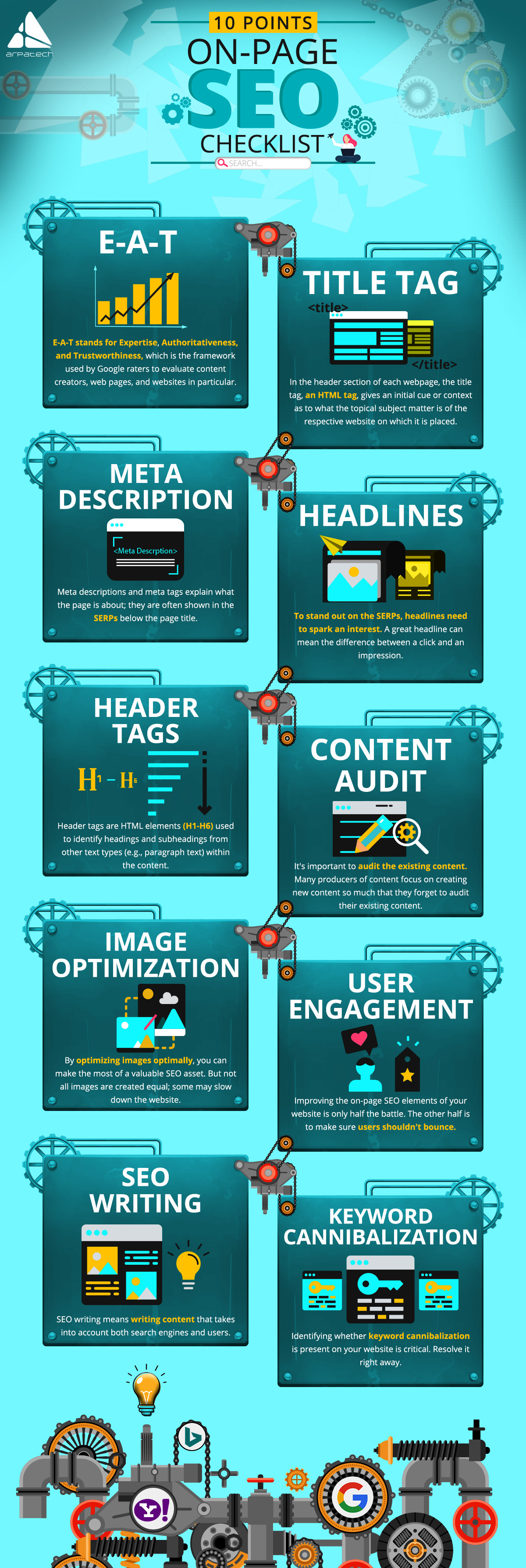
You can optimize your site for mobile devices by using the same SEO strategies you use for desktop computers. Search engine optimization is made easier by including the most relevant keywords in your title tag and meta description. In addition, you should include a short call-to-action (CTA) in your meta description to encourage click-throughs. Use emojis and relevant keywords in the content of your site to grab the attention of your users.
User-friendly content
You will need to take a few additional steps in order to optimize your site for mobile users. First, ensure that your website is mobile-friendly. Avoid crawl errors on your website and put emphasis on the user experience. Adobe Flash must be removed as many mobile devices cannot support it. You should ensure that your site is easy to navigate and clear. Make sure your text is big enough to read, and use a legible font. Mobile users' search intent may be different from desktop users', so it is important to optimize your content for mobile users.
Page speed
Mobile users experience the site in a different way than those who use a desktop computer. Users will seek out information that is immediately available, so a slow website can lead to a bounce. It is vital to optimize your site for mobile speed. Google PageSpeed Insights can help you check the speed of your site across different devices. Mobile-friendly websites are easier to load and more likely to convert.

Canonical tags
Canonical tags can make duplicate content worse. This is one of the biggest mistakes. The redirect URL is the actual target and should not contain duplicate or similar content. Although some SEOs may mistakenly use canonical meta tags to pass link signals, it is not the best way. Continue reading to find out how to use canonical tag in your SEO strategies to mobile devices.
Relevant keywords
Local keywords are essential to your SEO strategy if you have mobile websites. These keywords can help boost your website's local ranking and can easily be found using keyword research tools such as Keyword Intelligence. Simply enter your language and location to find local keyword opportunities. The tool will then provide you with a list containing relevant keywords. Local search volume varies by location so ensure you target the keywords that are most relevant to your location.
Google SERPs: Featured Snippets
Featured Snippets are content that appears at or near the top of search engine result pages (SERPs). They provide the best possible answers for users' questions. These snippets often contain content from top-ranking sites, making them ideal for reducing clicks. A featured shortcode is a great tool to help your website get SEO.

FAQ
Where can I find my keywords?
The first thing you should do is think about what products or services are available and who your ideal customers are. Then, start to search for standard terms that relate to those items. Once you have a list of phrases, you can use Google Keyword Planner to find out what phrases people are searching or directly go to search engines such as Bing, Yahoo!, and DuckDuckGo.
How often should I refresh my website?
There are several options to update your site. One method is to use the Content Management System, or CMS. Here, you can easily edit all of the content on your site without having to touch any code.
Another way to update your website is to use plugins. You can buy these plugins through WordPress stores or install them yourself.
WPtouch, Yoast, and several other plugins are free. The best thing to do is to test different methods and see which works best for you.
Where Should My Website Be Located?
Your website needs to be found at the top results page of search results. It should be at the top search results. Some searches might have hundreds of pages. How can you stand out against these competitors with your website?
How do you create an SEO strategy?
Understanding your goals and how you plan to achieve them is the first step in developing an SEO strategy. This allows you to structure your content around these goals.
The second step in the process is to work on your keywords. You can gain insight into the keywords people use to search for certain words by doing keyword research. You can then write articles around these topics using this information.
When you write your articles, be sure to include your targeted keywords. Each article should be optimized by adding relevant images and videos. Lastly, link to other related pages wherever possible.
Once you're done writing the content for your website, it's now time to optimize it!
Why do I need an SEO strategy
A good SEO strategy ensures you're not missing out on any opportunities to grow your business. Ranking higher in search results is important, but great content can't be found by anyone.
SEO strategy can help you build relationships and connections with key industry professionals. Their connections and knowledge can help you learn new tricks and techniques that will allow you to outperform your competition.
Link Building: Can I Increase My Rankings?
Link building is the process of creating high-quality backlinks to your website. It's essential to ensure that the sites linking to yours are relevant to your business. The more unique and authoritative the link appears, the better.
Statistics
- Deleting those 10k pages is one of the main reasons that he improved his site's organic traffic by nearly 90%: (backlinko.com)
- 64% of marketers actively create SEO campaigns because they help hit multiple key performance indicators (KPIs), including increasing traffic, helping your site rank for relevant keywords, improving your conversion rate, and much more. (semrush.com)
- And 90%+ of these backlinks cite a specific stat from my post: (backlinko.com)
- : You might have read about the time that I used The Content Relaunch to boost my organic traffic by 260.7%: (backlinko.com)
- If two people in 10 clicks go to your site as a result, that is a 20% CTR. (semrush.com)
External Links
How To
How do I create my first blog?
It's simple! WordPress is a wonderful tool to help you create a blog. WordPress allows users to easily modify the look of their blogs, including adding themes, changing colors and customizing the layout. They can also add plugins which allow them to alter certain aspects of their site based upon visitor activity.
There are many free templates you can download from WordPress.org. You also have the option to purchase premium templates. Premium templates come with additional features such as extra pages, extra plugins, and advanced security.
Once you have downloaded your template, sign up for a free account at a hosting provider in order to upload your files and to run your blog. Many hosts offer free accounts, but there are often restrictions on how much space you can use, how many domains you can host and how many emails you can send.
You will need separate email addresses if you want to use multiple domain names. This service may be charged by some hosts.
If you're new to blogging, you may wonder why anyone would pay to have a blog hosted online. Most hosts offer unlimited storage space, meaning your files won't be deleted even if you accidentally delete them.
Many hosts also let users host multiple domains, meaning you could have several different sites under the same hosting package. You don't need multiple email addresses and can manage all your sites through the one interface.
Some hosts include social media sharing buttons on their dashboards, allowing visitors to share posts across the internet quickly and easily.
Most hosting providers provide tools for managing your blog. You can view the performance stats of your website, see how many people visited each post, and compare your traffic with other blogs.
These tools can make it easier to manage your blog faster and easier, so make sure you check them out before you buy a web hosting plan.
To sum up:
-
Choose a topic relevant to your business;
-
Create engaging content;
-
Optimize your site using SEO techniques;
-
Promote your site using social media channels;
-
Regularly review your statistics in order to make changes if needed.
-
Last but not least, make sure to keep your blog updated.
In short, create good content, promote it effectively, and track its success.